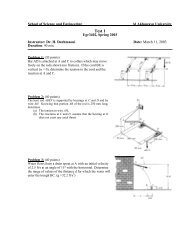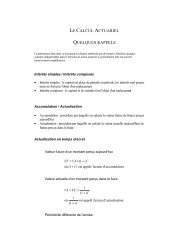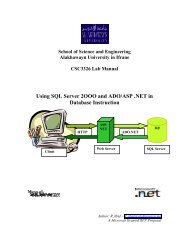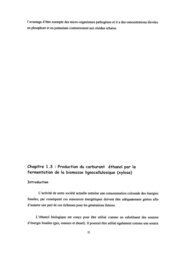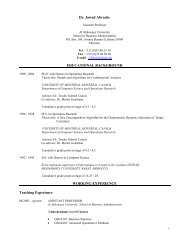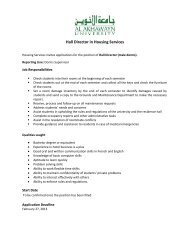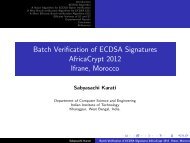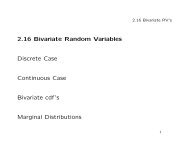Leadership and Values in Language Education - Al Akhawayn ...
Leadership and Values in Language Education - Al Akhawayn ...
Leadership and Values in Language Education - Al Akhawayn ...
- No tags were found...
You also want an ePaper? Increase the reach of your titles
YUMPU automatically turns print PDFs into web optimized ePapers that Google loves.
47Proceed<strong>in</strong>gs of the 27 th MATE Annual Conferenceof a heroic leader who can perform all essential leadershipfunctions, the functions are distributed among different membersof the team or organization. (Yukl, 2002:432)As this def<strong>in</strong>ition explicates, <strong>in</strong>herent <strong>in</strong> the concept of distributed leadership isthe idea of shar<strong>in</strong>g or spread<strong>in</strong>g leadership amongst all stakeholders. These<strong>in</strong>clude headmasters, pr<strong>in</strong>cipals, teachers, parents, <strong>and</strong> students. In this way,distributed leadership becomes synonymous with teamwork. It is a collectiveendeavor <strong>in</strong> which all those concerned br<strong>in</strong>g their efforts together to see to it thatmean<strong>in</strong>gful contexts <strong>and</strong> opportunities for learn<strong>in</strong>g are be<strong>in</strong>g created. In this way,a teacher’s duties, for <strong>in</strong>stance, do not stay with<strong>in</strong> the conf<strong>in</strong>es of the school;rather they transcend it by contribut<strong>in</strong>g to the creation of a community of learnersbeyond the classroom (Katzenmeyer & Moller, 2001).Several terms are often used <strong>in</strong>terchangeably with distributed leadership, such as“lateral leadership” where organizational participants <strong>in</strong>teract more or less on anequal foot<strong>in</strong>g, “self-manag<strong>in</strong>g”, “democratic leadership”, <strong>and</strong> “participatoryleadership.” The common denom<strong>in</strong>ator amongst all these appellations is their callfor the necessity to treat employees -teachers <strong>in</strong> our case- as equal partners <strong>in</strong>leadership, rather than subord<strong>in</strong>ates who must execute the orders of an elitegroup. In other words, the need to move away from the vertical, hierarchical,bureaucratic style of leadership is a stepp<strong>in</strong>g stone toward empower<strong>in</strong>g teachers<strong>and</strong> democratiz<strong>in</strong>g education.One way of empower<strong>in</strong>g teachers through distributed leadership is byencourag<strong>in</strong>g them to voice their views more openly <strong>and</strong> vigorously, without fearof retribution, regard<strong>in</strong>g school policies, curriculum design <strong>and</strong> educationalpractices. In this regard, <strong>Al</strong>len (2004) makes a dist<strong>in</strong>ction between four types ofvoices:Vot<strong>in</strong>g voice, where teachers cast their votes on issues pert<strong>in</strong>ent to schoolpolicies;Advisory voice, where teachers provide their <strong>in</strong>put regard<strong>in</strong>g school decisions,policies, <strong>and</strong> governance;Delegated voice, where teachers are <strong>in</strong>volved <strong>in</strong> leadership teams that makedecisions about their colleagues’ promotions, creation of new programs, <strong>and</strong>so on;Dialogical voice, where teachers are encouraged to express their views moreopenly <strong>and</strong> use their potential as leaders to create change <strong>in</strong> their schools.





